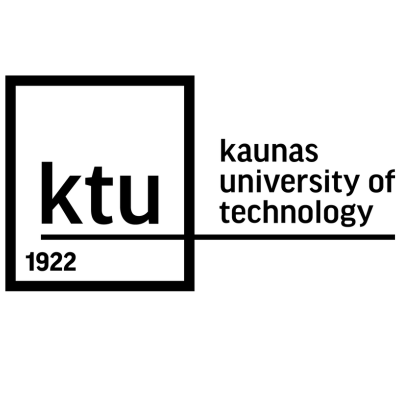Ultrasound device to improve blood flow in prevention of diabetes complications

Sponsored by

Impaired blood circulation is a common health problem and one of the most noticeable complications of diabetes. Patients with this diagnosis may develop peripheral circulatory issues in the lower limbs, also known as diabetic foot. It is a syndrome that causes ulcers and infections and is a major cause of hospitalisations and amputations. To reduce the likelihood of such consequences, researchers at Lithuanian universities have developed an ultrasound foot stimulation device that can non-invasively improve blood flow.
The idea to develop such a device resulted from a collaboration between scientists from Kaunas University of Technology (KTU) and Lithuanian University of Health Sciences (LSMU). According to them, there is a lack of important research on small blood vessels disorders and possible solutions to the problems, as the focus is mostly on diseases of the large blood vessels.
Up to 40 per cent of patients who do not show any serious changes in their large blood vessels are treated with standard medication and often not treated at all. Without any investigation into the possible causes of such complaints, they are simply attributed to psychosomatic symptoms.
“Therefore, focusing on the consequences of smaller vascular disorders, we decided to find a way to correct the circulatory disorders of the lower limbs, specifically to help diabetic patients,” says Algimantas Bubulis, a senior researcher at KTU Institute of Mechatronics and one of the authors of the invention.
Increasing prevalence of diabetes
In various European countries, diabetes affects between 3 and 7.2 per cent of the population. In Lithuania, there are about 100 thousand people with the disease. This number is expected to double in the next 10 years.
Dr Vincentas Veikutis, who led the medical research behind the invention and is a professor at LSMU, says that diabetes is currently not as dangerous as the complications it causes, one of which is diabetic foot syndrome. Reduced blood flow and nerve damage make the skin of the foot susceptible to ulceration and infection, and in more severe cases, to tissue death which can even lead to amputation.
As the ability to correct this pathology with drugs is limited, non-invasive therapies, including ultrasound, are becoming increasingly important.
“Ultrasound, as one of the non-invasive methods, recently has been widely used in practically all fields of medicine,” explains Bubulis.
According to the scientist, this is due to its wide range of applications – it acts on the body’s tissues and structures: bones, skin, muscles, and fluids, and therefore on the blood, reducing pain, spasms, inflammation, toning, and stimulating blood flow.
“Ultrasound can also stimulate central blood flow in the body’s main blood vessels, which are closer to the heart and lungs, and peripheral blood flow, which is further away from the heart, for example in the extremities. This makes it suitable for diabetic foot problem,” adds Bubulis, a senior researcher at KTU Institute of Mechatronics.
Ultrasound affects not only tissues but also nerves
The device developed by the researchers uses special piezoelectric elements that generate a spectrum of acoustic ultrasound waves in response to an electrical signal. The ultrasound is then transmitted to the sole and stimulates blood circulation throughout the leg.
“The vibrations caused by the electric current flowing through the elements create acoustic waves. The waves travel through the skin and into the deeper tissues, where they cause vibrations in the walls of the blood vessels. This helps to improve circulation, blood supply to the tissues, and increases the number of white blood cells in the blood,” explains the KTU expert.
In addition, ultrasound waves can act on the nervous system and activate certain nerve signals, which can also improve blood circulation and trigger other positive responses in the body, such as reducing inflammation or improving tissue metabolism.
The effects of ultrasound on humans depend on the frequency, power, and intensity of the waves. The device developed in this case uses low-frequency ultrasound, which allows easy control of the device. It has a non-contact and non-heat-inducing effect on the blood circulation.
The invention has been granted a Lithuanian patent, and, according to Bubulis, it can already be widely used in medical practice: in rehabilitation hospitals and wards, preventive medicine rooms, and nursing hospitals.
“With modifications, it can be a personalised and individually used preventive healthcare device for patients with diabetes and other peripheral circulatory disorders. It could also be useful for the elderly, who are more prone to cardiovascular disease,” he says.
KTU scientist also adds that ultrasound, which increases the permeability of blood arteries in the human body, could also facilitate the concentrated integration of chemotherapeutic drugs in the desired location, avoiding overall toxic effects. “This could be an important technological breakthrough,” says Bubulis.
The invention is being commercialised by the National Innovation and Entrepreneurship Centre, one-stop-shop for business-industry collaboration at KTU.
Find out more about mechatronics institute research at Kaunas University of Technology, Lithuania.